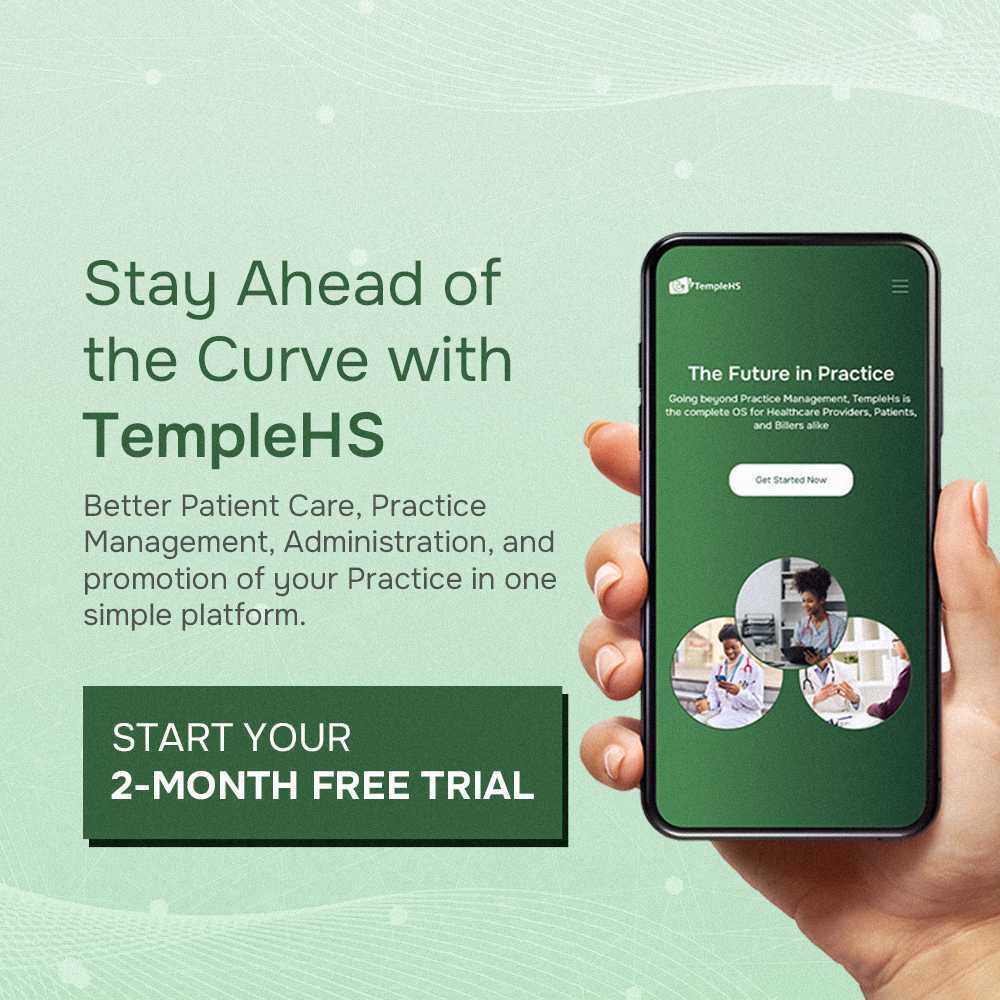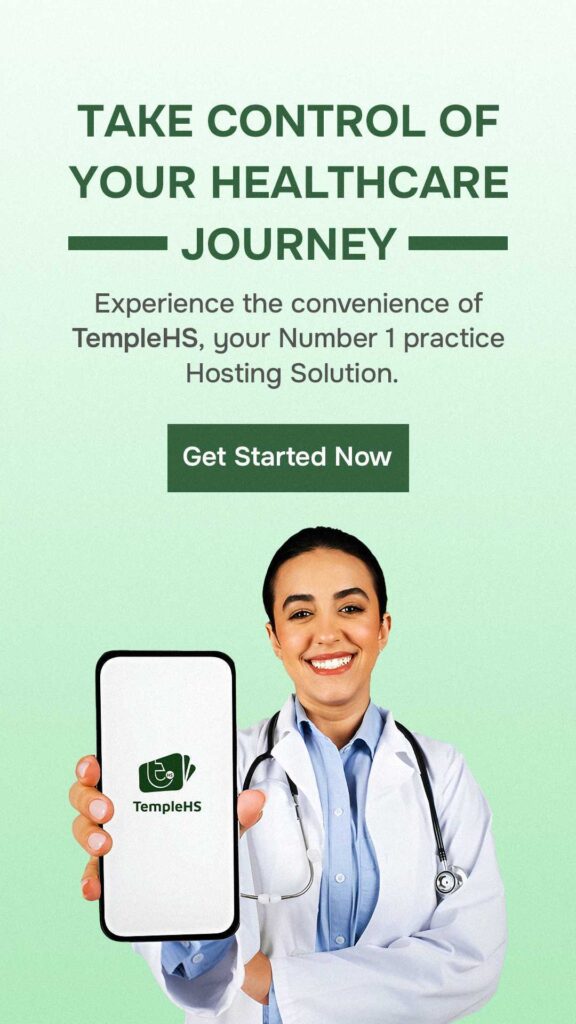Social media isn’t just for sharing vacation photos or the latest trends anymore. For businesses, including medical practices, it’s a door to genuine engagement with the public. Doctors, nurses, and medical professionals can now reach out to patients beyond the confines of the clinic, fostering a deeper connection.
Social media platforms offer a space to share health tips, answer general queries, and highlight the values and services of a medical practice. This isn’t merely about getting ‘likes’ or followers; it’s about building a community where information flows and trust grows.
In this post, we’ll explore actionable ways to effectively use social media, ensuring that your medical practice not only reaches a broader audience but also makes a lasting, positive impact.
Why Would a Medical Practice Use Social Media?
1. Patient Engagement
Medical practices aren’t just about treatment; they’re about building relationships with patients. Social media provides a platform where doctors and medical professionals can engage with their patients outside of regular appointments. Through posts, comments, and direct messages, they can answer queries, share health tips, and foster a sense of community, ensuring patients feel valued and heard.
2. Health Education
Misinformation, especially related to health, spreads fast online. By having an active social media presence, medical practices can disseminate accurate health information and tips. Sharing articles, videos, or infographics on preventive measures, disease awareness, or general health advice helps the public make informed decisions.
3. Enhancing Practice Visibility
The online space is where most people begin their search for services, including medical care. A robust social media presence ensures that when potential patients are looking for services, your practice stands out. Regular posts, patient testimonials, and service highlights can increase a practice’s visibility and attract new patients.
4. Feedback and Reviews
Feedback is invaluable for any service provider. Social media platforms offer an avenue for patients to share their experiences, reviews, and suggestions. This not only helps the practice improve its services but also builds trust with potential patients who rely on these reviews when choosing a healthcare provider.
5. Announcements and Updates
If there are changes in office hours, new services being offered, or any other important updates, social media provides a quick and efficient way to communicate these to patients. Instead of relying solely on emails or phone calls, which can be easily missed, practices can instantly update their patient base through a post or story.
6. Building a Brand Identity
Every medical practice has its ethos, values, and unique selling points. Social media allows practices to convey their brand identity through curated content, visuals, and engagement strategies. This not only differentiates the practice from others but also helps in attracting patients who resonate with that identity.
How to Build a Social Media Marketing Strategy for Medical Practitioners
1. Understand Your Target Audience
Before going into any marketing strategy, it’s important to know who you’re trying to reach. For medical practitioners, this could mean current patients, potential new patients, or a specific demographic interested in particular treatments or services. By understanding their needs, preferences, and online behaviors, you can tailor your content to resonate more effectively with them. Conduct surveys or use analytics tools to gain insights into your audience.
2. Choose the Right Platforms
Not all social media platforms will be suitable for every medical practice. While Instagram might be great for sharing visuals of before-and-after treatment results, platforms like LinkedIn can help in networking with other professionals. It’s essential to determine where your audience spends most of their time and focus your efforts there to get the best engagement.
3. Create Valuable Content
For a medical practice, credibility is everything. Share informative articles, videos, or infographics that provide genuine value to your audience. This could range from preventive health tips to explanations of common procedures. By consistently offering valuable content, you position yourself as an authority in your field, which in turn builds trust with your audience.
4. Engage with Your Audience
Social media is not a one-way street. It’s a platform for dialogue. Engage with your followers by responding to comments, asking for feedback, and initiating discussions. Hosting Q&A sessions or live chats can be a great way to address patient queries and showcase your expertise directly.
5. Monitor and Adjust
Like any marketing strategy, it’s crucial to keep track of what’s working and what’s not. Use analytics tools to monitor your engagement rates, follower growth, and content performance. If a particular post or campaign isn’t resonating, adjust your approach. Continuous monitoring and tweaking will ensure that your strategy remains effective.
6. Stay Updated with Trends and Regulations
The medical field is governed by strict regulations regarding patient privacy and information sharing. It’s essential to always be aware of these regulations when posting on social media. At the same time, keep an eye on the latest social media trends to keep your content fresh and relevant.
5 Social Media Best Practices For Your Medical Practice
1. Prioritize Patient Privacy
Patient confidentiality is paramount in the medical field. When using social media, it’s essential to avoid sharing any information that could identify a patient or reveal their medical history without explicit permission. Even seemingly harmless posts can sometimes contain identifying details, so always double-check content before publishing. It’s also wise to remind patients not to share personal health details in public comments or posts.
2. Share Trustworthy Content
Ensure that any health information or advice you post is accurate and based on reputable sources. Misinformation can be harmful, especially when it comes to health. As a medical professional, your audience trusts you to provide reliable content. Collaborate with other healthcare professionals or reference peer-reviewed studies to ensure the information’s authenticity.
3. Engage, Don’t Just Broadcast
Social media is a two-way street. Instead of just posting content, engage with your audience by responding to comments, answering questions, and acknowledging feedback. This interaction builds a stronger relationship with your patients and humanizes your practice. Active engagement can also provide insights into what your patients are interested in or concerned about.
4. Use Appropriate Visuals
Images and videos can greatly enhance your content’s appeal. However, choose visuals that are relevant, respectful, and professional. Avoid graphic images that might upset viewers unless they’re necessary and accompanied by a warning. Always ensure you have the right permissions for any photos or videos, especially if they feature patients.
5. Schedule Regular Updates
Consistency is key. By posting regular updates, you keep your audience informed and engaged. However, it’s not just about quantity; the quality of your content is crucial. Plan a content calendar touching on various health topics, patient testimonials (with permission), and updates about your practice. Regular posts showcase your active presence and commitment to your patients’ well-being.
Conclusion
Embracing social media is not just a trend for medical practices; it’s a valuable approach to engage with patients and boost visibility. By following best practices and staying updated with evolving platforms, medical professionals can build trust, share essential health tips, and position themselves as leaders in their field.
Remember, it’s not just about being online; it’s about building genuine connections and providing valuable content to your audience. Don’t miss out on the opportunities that social media offers to your medical practice.



